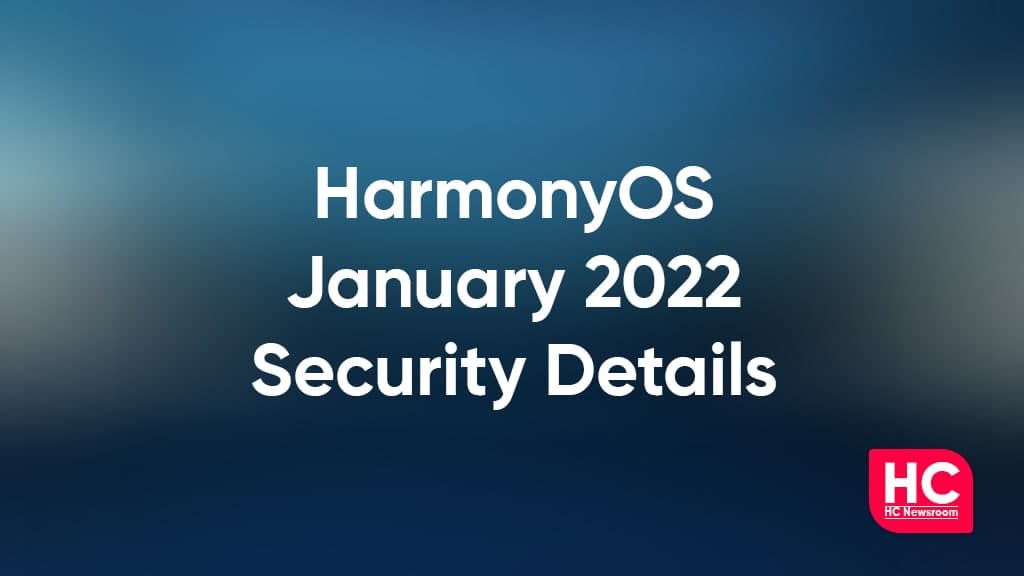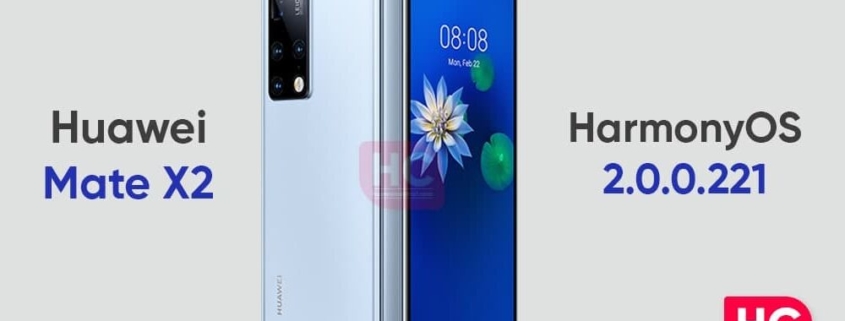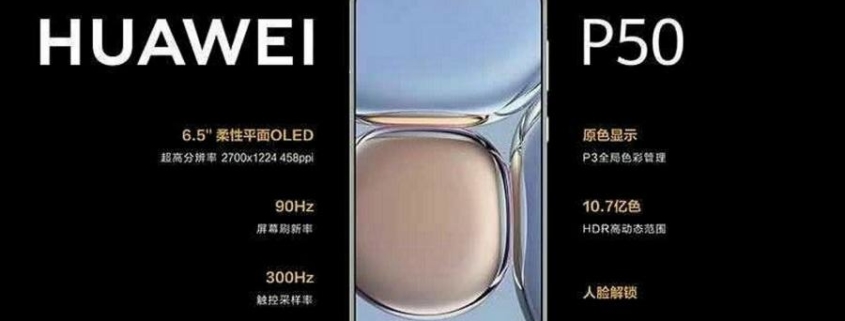Huawei Mate X2 foldable phone receiving HarmonyOS 2.0.0.221 update
Recently, Huawei has released the latest January 2022 security patch details for the HarmonyOS system that protect the device against threats. Now, there is a huge number of Huawei devices running on HarmonyOS 2.0 software in the Chinese market.
In December 2021, Huawei completed the HarmonyOS rollout to eligible devices including the very old flagship Mate 9 and P10. Currently, HarmonyOS 2.0 software system is limited to the Chinese market.
Earlier, it was reported that Huawei will debut HarmonyOS for the global consumer in 2022. But, we have received an official reply from Huawei on this matter, the company clearly mentioned that currently, there is no plan for smartphones outside China to upgrade to HarmonyOS. Read more
Yes! this news is really disappointing but global users do not need to worry because Huawei is currently delaying the HarmonyOS plan due to some reasons. Until then, you can enjoy EMUI 12 that comes with HarmonyOS vibes.
On the other hand, on December 23, 2021, at the Huawei flagship launch conference, Huawei CBG CEO – Richard Yu announced that HarmonyOS reached 300 million devices among them 200 million is from Huawei and 100 million third parties.
To be mentioned, there are a lot of activities going inside Huawei including preparation for the next version, HarmonyOS 3.0. But, it doesn’t affect the monthly software and security update rollout for its devices.

HarmonyOS 2.0 January 2022 security patch:
The January 2022 security patch brings fixes for 1 high and 3 medium level CVE in the framework, 5 high and 5 medium levels of CVEs in the system, 3 high and 2 medium levels of CVEs in the application. However, it doesn’t resolve any CVE in the kernel this time.
Likewise, it fixes a massive count of 111 CVEs found in the third-party libraries. If the security patch of your Huawei phone or tablet is 2022-01-01 or later, all issues described in this update and the HarmonyOS Security Bulletin – January 2022 have been resolved.
Note – CVE – CVE, short for Common Vulnerabilities and Exposures, is a list of publicly disclosed computer security flaws. When someone refers to a CVE, they mean a security flaw that’s been assigned a CVE ID…



